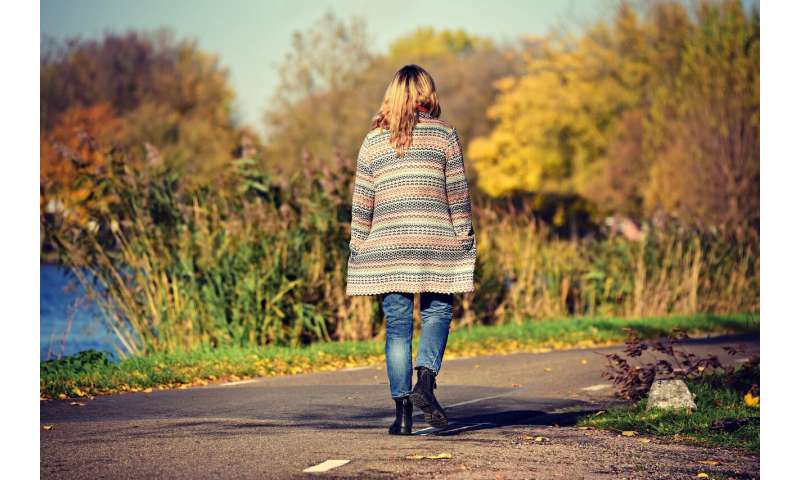How green space can keep the blues at bay

How can you keep your mind and body strong while stuck at home during COVID-19?
Ecology and health expert Professor Pierre Horwitz from Edith Cowan University believes the key is to get outside and breathe some fresh air.
“The health benefits of exposure to green and blue spaces are well understood, and they can be accessed during these times of the COVID-19 pandemic,” Professor Horwitz said.
“In fact in some ways, and with care, it is arguable that we really should be getting into green spaces and out of the home whenever we can.”
Australia has an abundance of green space—with parks and sporting facilities, bushland, wetlands and recreational areas next to the ocean or rivers. Professor Horwitz says the benefits can also be felt without leaving home.
“For some the home garden is a more than adequate green space, and the activity of gardening conveys much the same benefits,” Professor Horwitz said.
“For those who can’t go outside regularly, opening windows for a few hours, maintaining indoor plants in the home, and even having a view onto greenery like suburban trees or lawn, are all known to make you feel better.”
Breathe in the health benefits
“The physical act of breathing fresh air is the obvious benefit, giving our respiratory systems a boost with oxygen direct from trees with other stimulatory chemical cues,” Professor Horwitz said.
“Temperature changes caused by the sun and wind are also important environmental cues for normal bodily functioning, and the sun’s ultraviolet rays are the best source of vitamin D.
“Finally, our seeing and hearing also benefit when we tune in to what is both near and far, with the diverse shapes and sounds of nature, particularly important if we have too much screen time.”
However, Professor Horwitz believes the real healing power of getting out into urban greenspace is the positive effect it has on the brain.
“We know access to green spaces helps to reduce stress and restore attention, and to improve health following illness or injury,” he said.
“We also know that our thinking improves—cognitive function and health associated with being more contemplative and mindful of our surroundings is heightened by a walk in the park.
“Statistically it has been shown that the annual prevalence rate in most disease clusters, for example asthma, diabetes and coronary heart disease, is lower in urban areas where people are living with more green space. The more people are exposed to more nature, the better the outcome.”
Staying social at a distance
Professor Horwitz said the opportunities to socialize also helped, even if this interaction is at a distance.
“Being in green spaces means that we have to maintain our usual attentiveness to our own safety, with the added responsibility for each of us to be mindful of physical distancing requirements.
“This is particularly important if others are exercising nearby as their breathing is more rapid and the possibility of being exposed to air-borne droplets is slightly increased.
Source: Read Full Article
